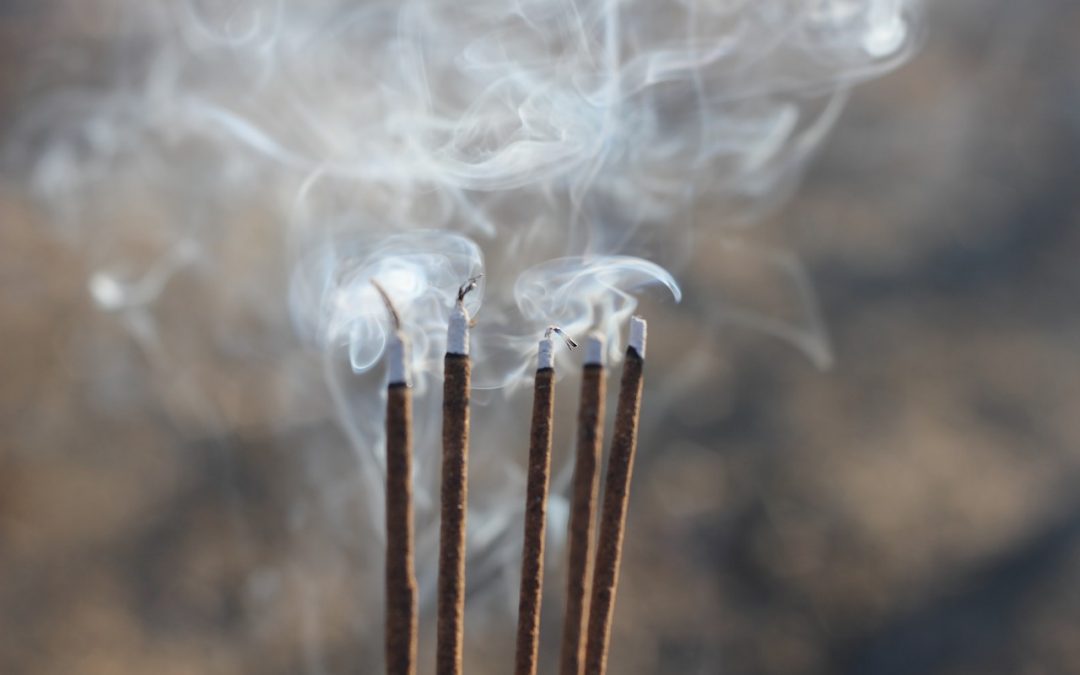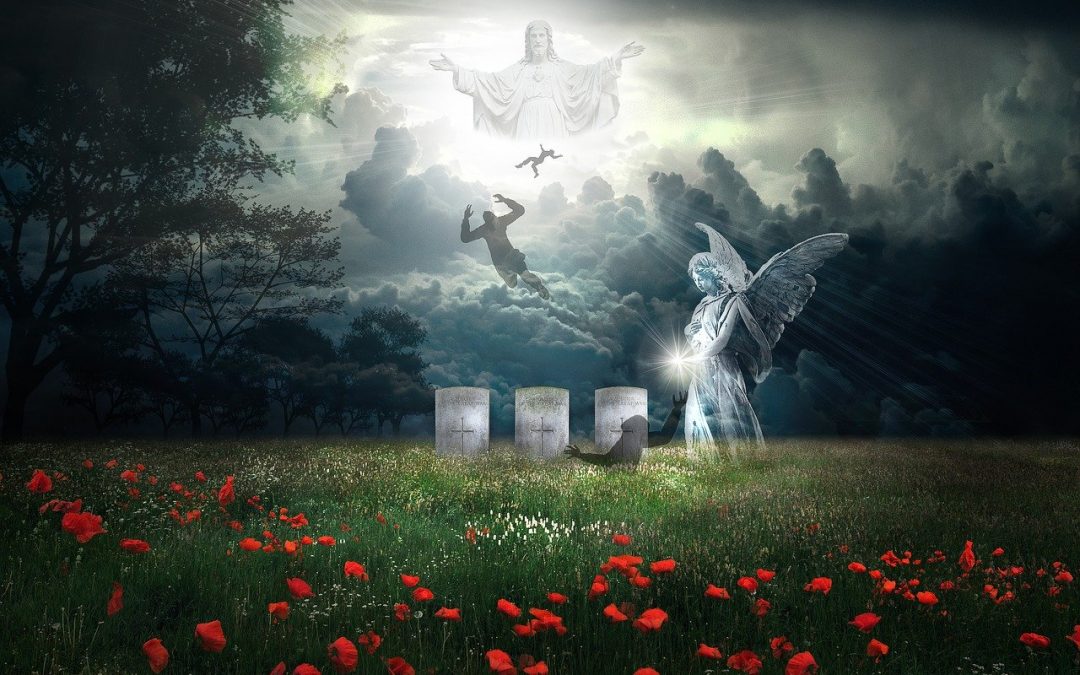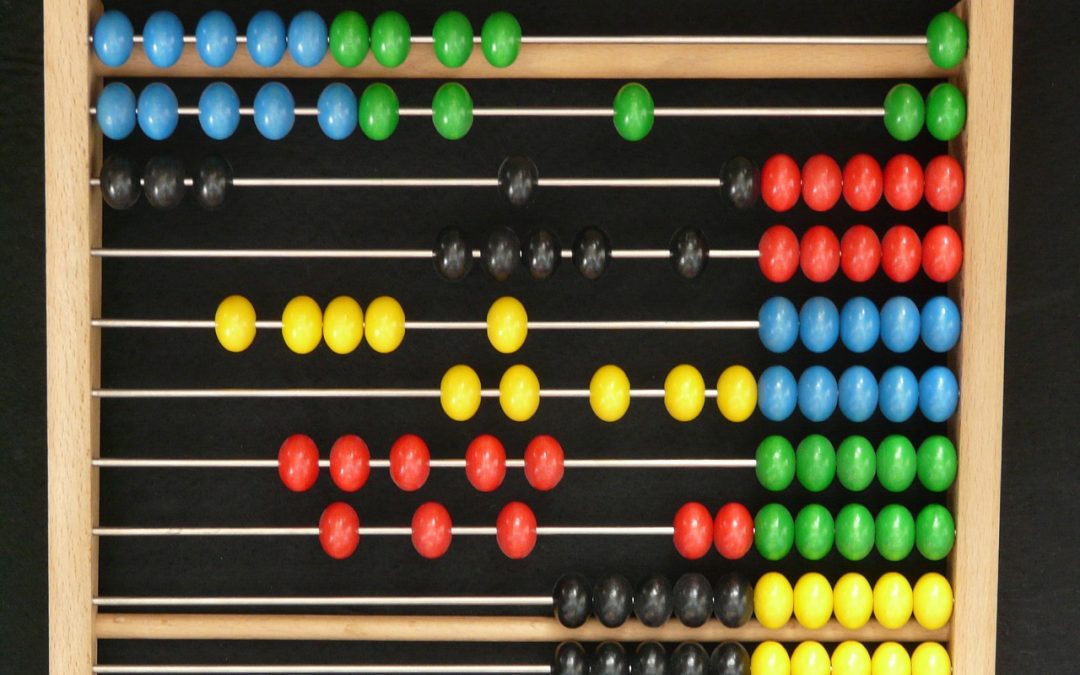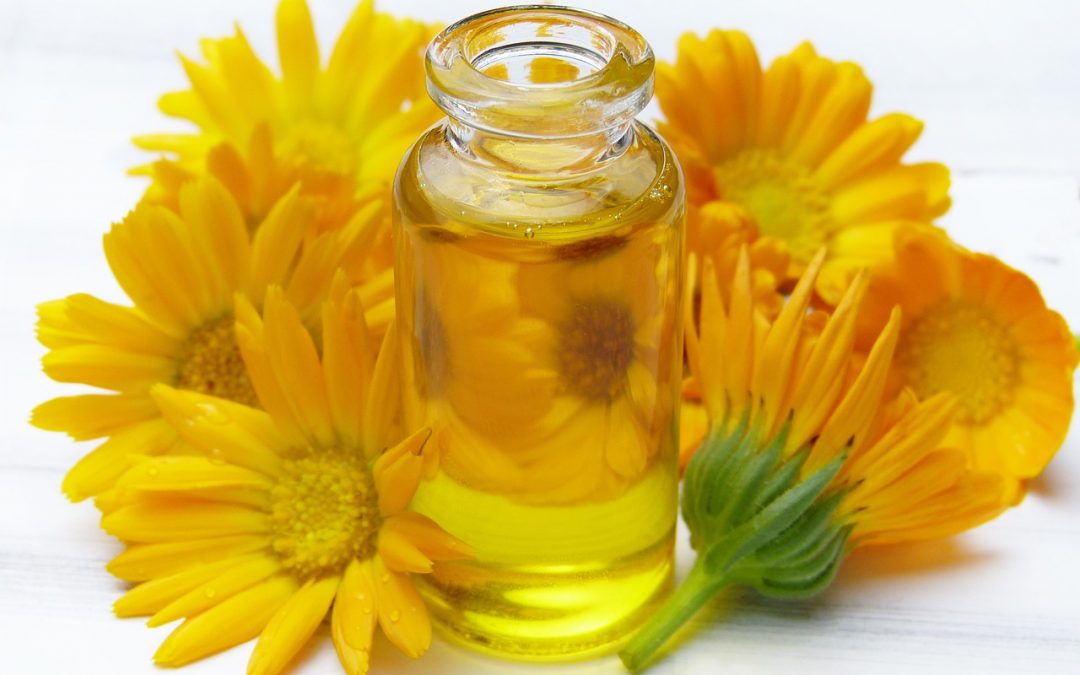
Myrrh and Frankincense
December is associated with many aromas: vanilla and spices in hot drinks and baking; evergreens in boughs and trees; sage and rosemary in dressing for turkey; myrrh and frankincense for the Christmas story. Most of these fragrances are familiar to us – except perhaps those aromas associated with the Christmas story. In aromatherapy, these two resin oils are incredible in their healing abilities – on all levels.
Myrrh comes from the Arabic word “murr” meaing bitter. It is the first scented plant mentioned in the Bible, where it was called “bdellium”. Myrrh was valued from earliest times as the only substance that could provide a powerful and lasting scent. In countries with water shortages, Myrrh was worn suspended from the neck where body heat caused the aroma to be diffused. The Egyptians burned Myrrh at noon in honor of Ra, the Sun God. For mummification, the stomach of the corpse was filled with Myrrh and Cassia before being sewn up.
According to Joni Keim Loughran and Ruah Bull,
“There is a belief in many spiritual traditions that our greatest teachings are found within our emotional wounds. Our task is to accept life’s challenges and allow them to teach us compassionate wisdom – a great spiritual gift that enables us to feel compassion for the suffering of others as well as ourselves. Myrrh helps us get through the trials and tribulations of life. It helps us to understand and cope with our inevitable physical/emotional/psychological wounds. … Held and blessed by Myrrh, we have the capacity to face, feel and integrate some of the most potent earthly challenges.”
They note occasions for its use:
– When feeling exhausted or overwhelmed by our own troubles or the suffering of others.
– To help us understand, from a spiritual perspective, the meaning of emotional challenges.
Frankincense has one of the longest histories of any fragrance. The ancients valued it as an incense and the demand for it exceeded myrrh by five to one. Egyptians sent their prayers to the gods/goddesses upon its aromatic smoke. The Jews adapted the Egyptians’ sacramental use of perfumes and decreed that only pure Frankincense could be used for holy incense. Herodotus claimed that Frankincense burned on the altar at the Tower of Babel. It is also said to have burned on the altars at Eleutherae in the Temples of Zeus and Demeter. English lore says that Edward the Confessor donated a portion of the Frankincense offered to Christ by the Magi as a relic for Westminster Abbey.
According to Joni Keim Loughran and Ruah Bull,
“The word for “breath’ also means “spirit” or “life force” in several languages and it symbolizes filling one with life. Many traditions teach breathing meditations, in which focusing on the breath becomes a tool to clear the mind and expand consciousness. Frankincense deepens our breath, calms and focuses our mind and opens our consciousness to make clear, direct contact with the Divine. It has long been recognized as a sacred essential oil that helps heal the spirit and comfort the heart. It creates a mindful, meditative state in which we can experience and integrate Divine wisdom.”
They note occasions for its use:
– To ground and open consciousness and to connect with the Divine during meditation.
– To connect body, mind and spirit on the spiritual path.
– To help in pursuit of enlightenment and grace.
Given all that these two resin essential oils can do, it is no wonder they were presented as gifts to the baby Jesus. Know that we also have access to these same oils for our continued health and healing. Why wouldn’t we want to use them!





Recent Comments